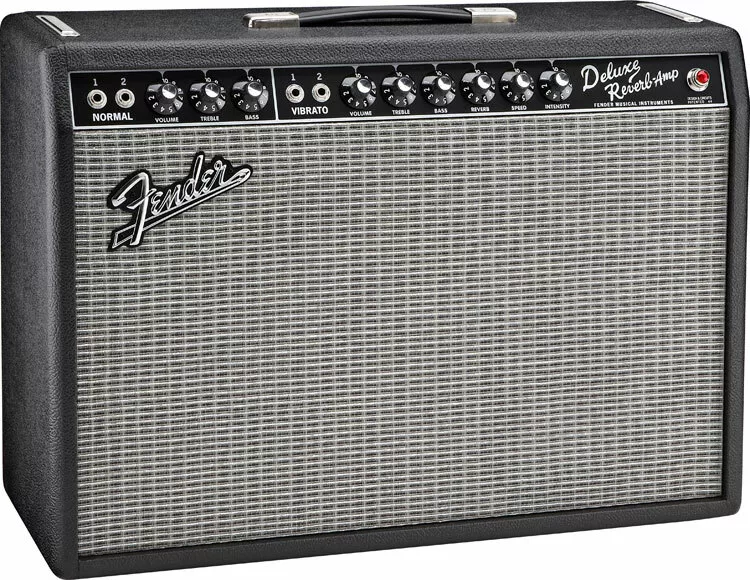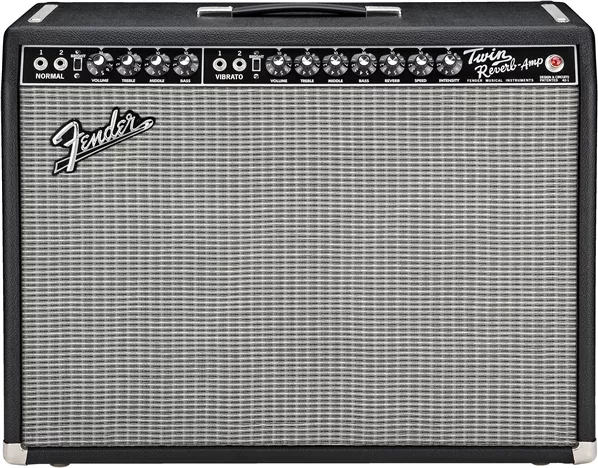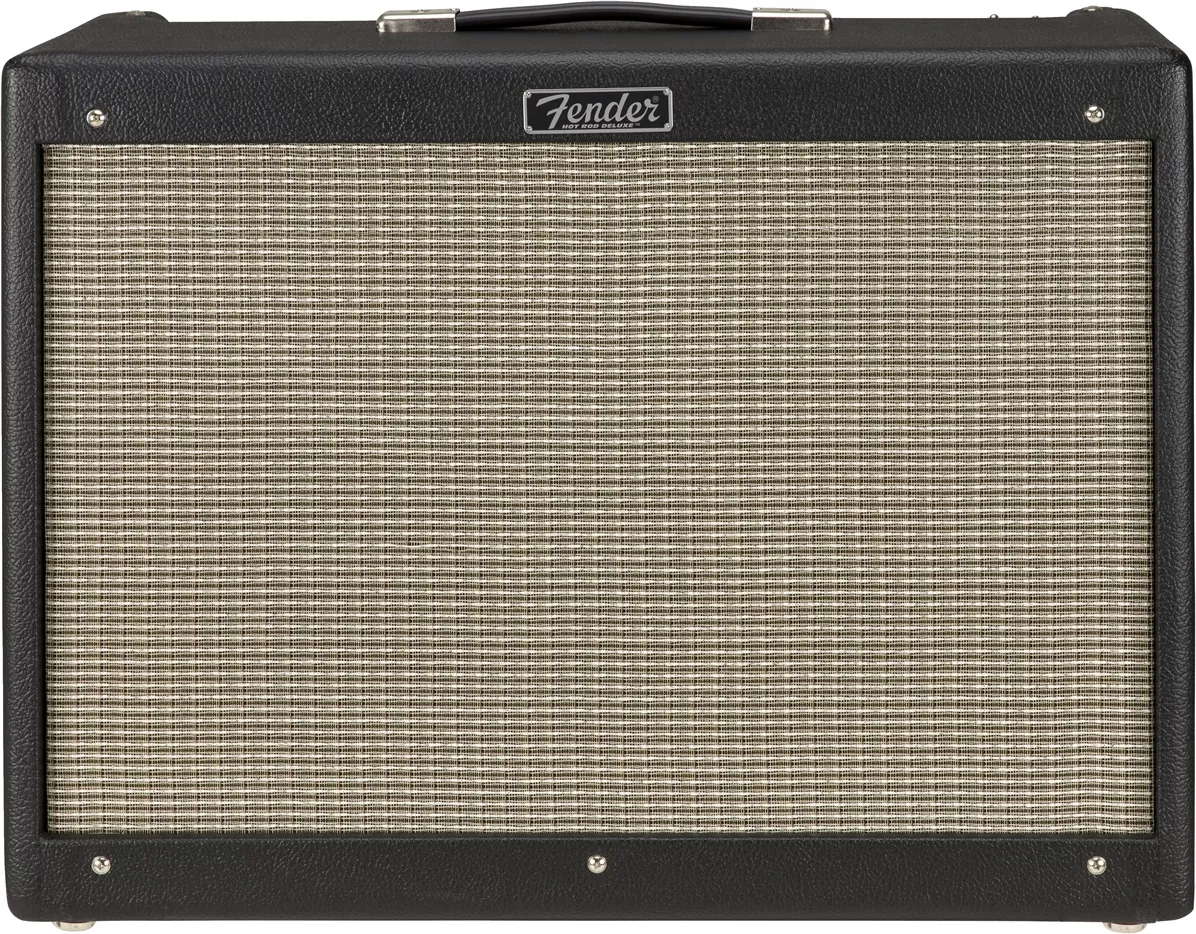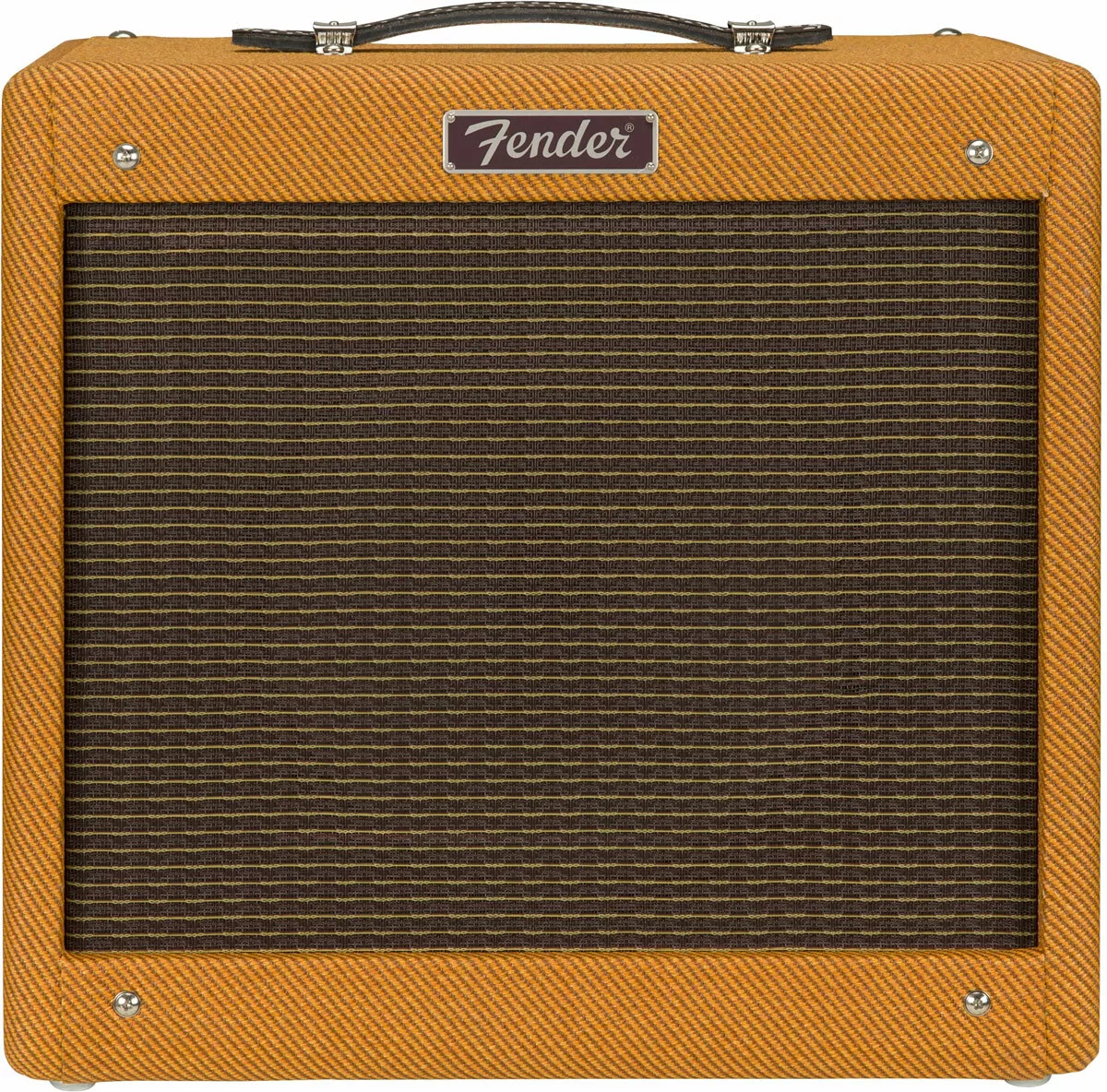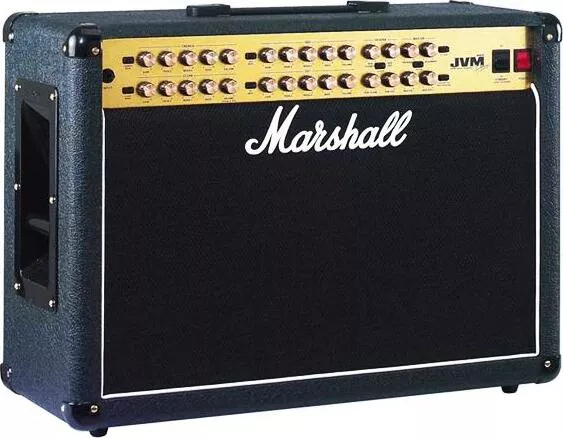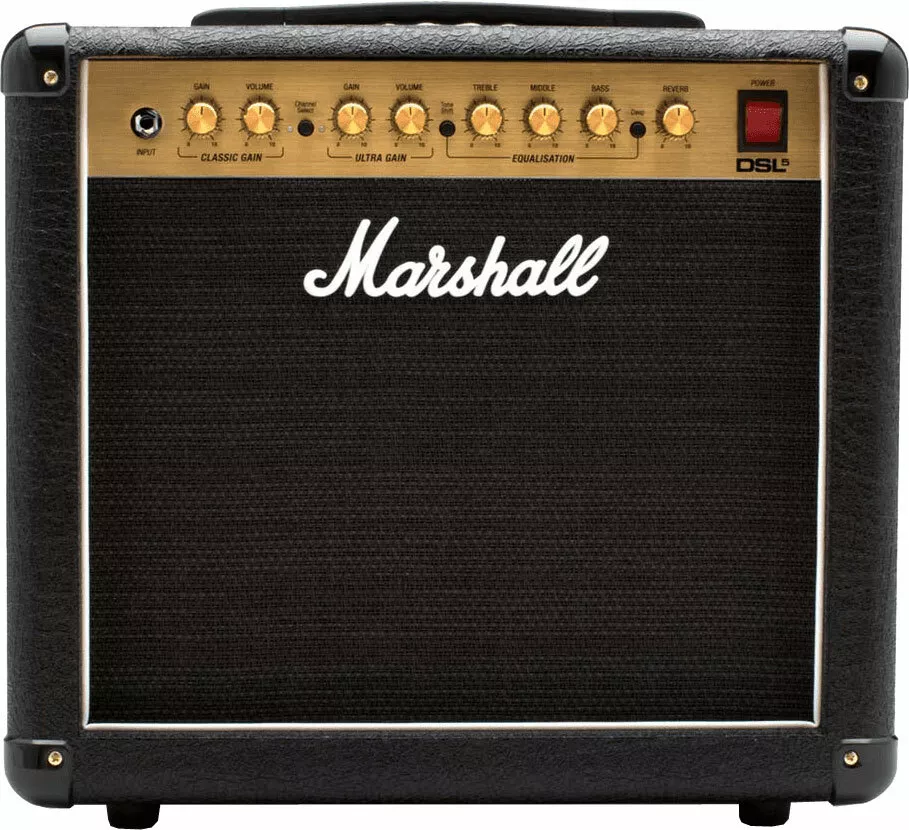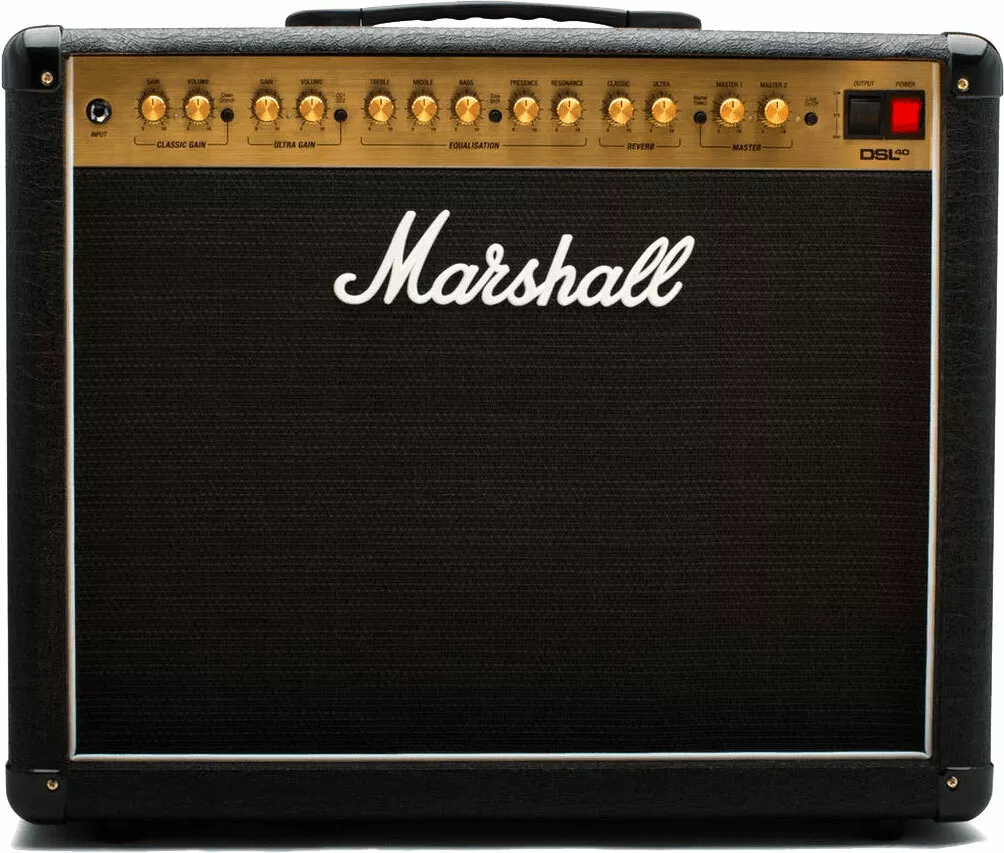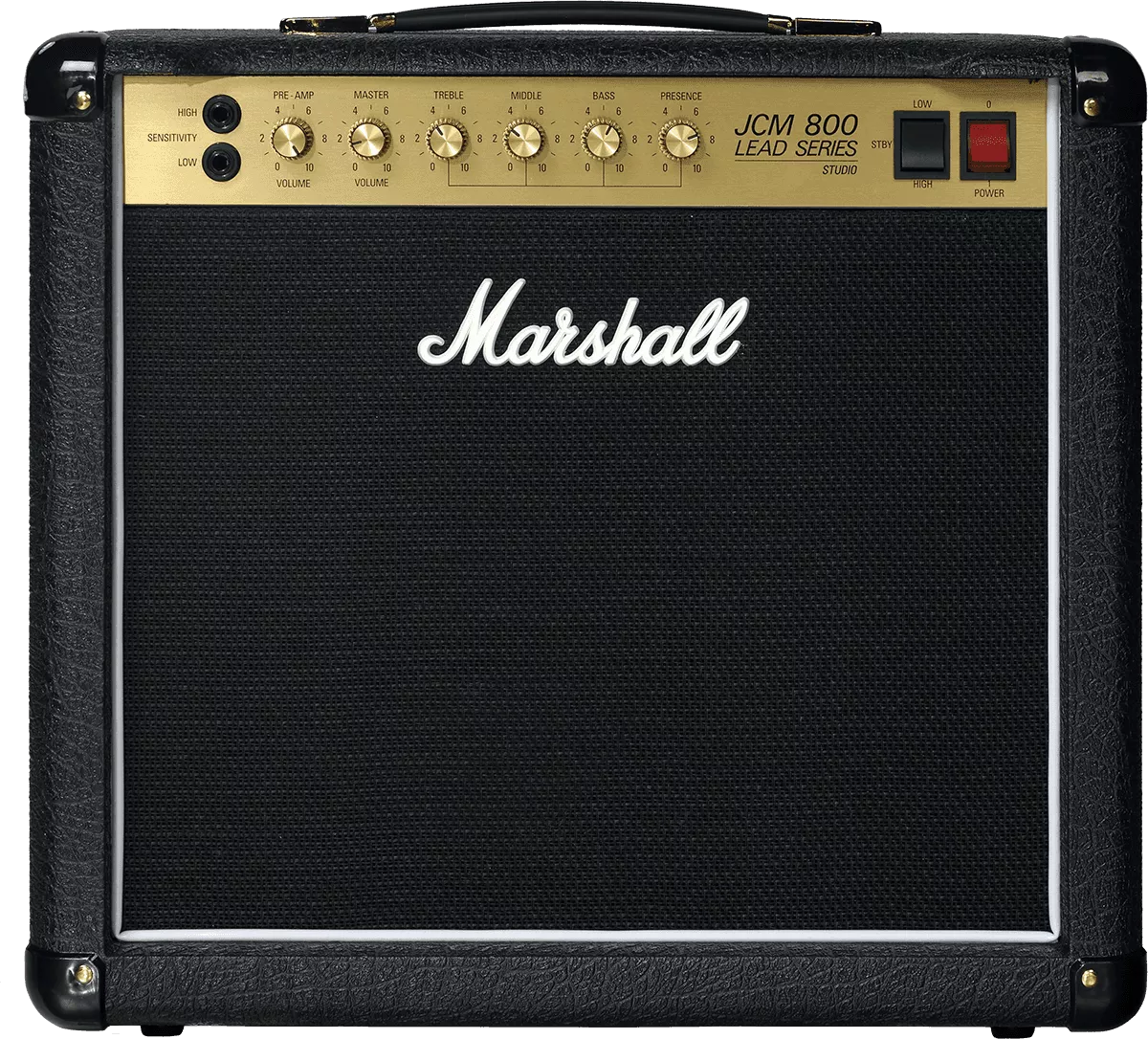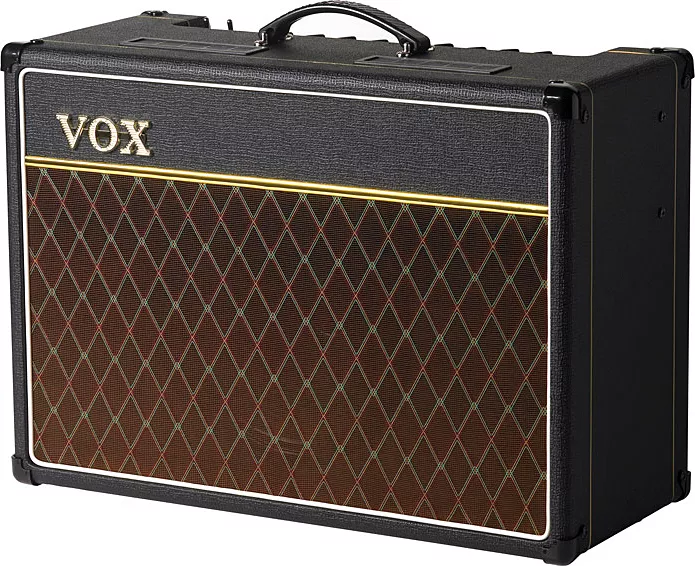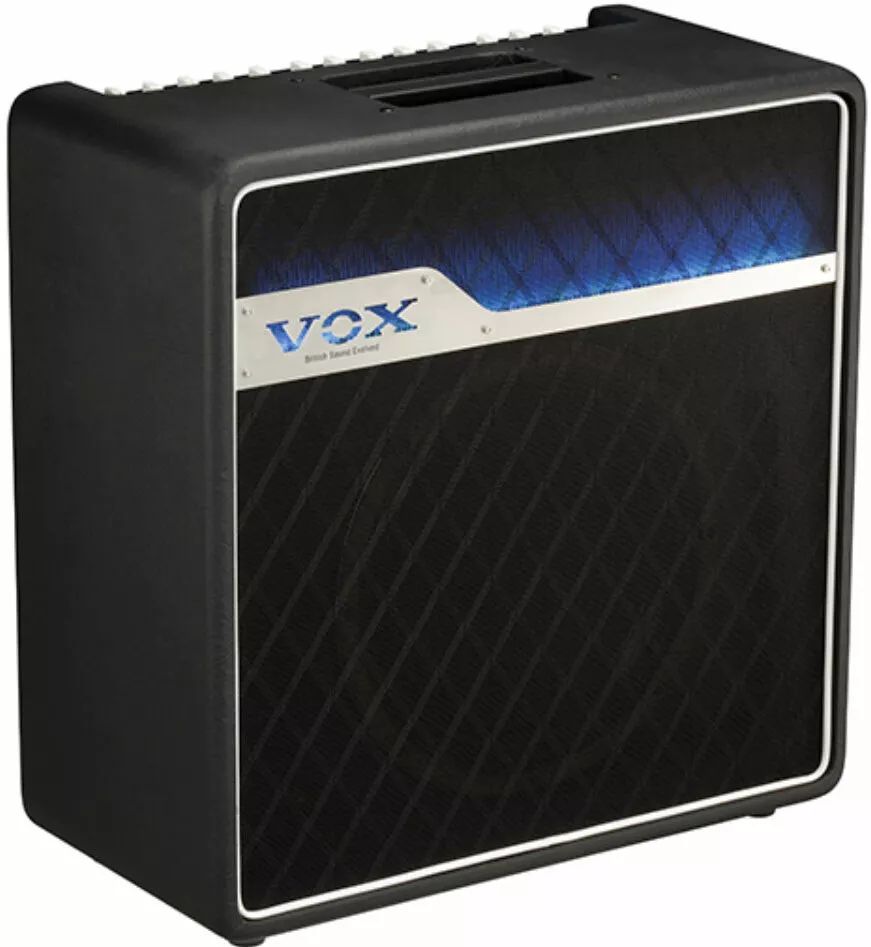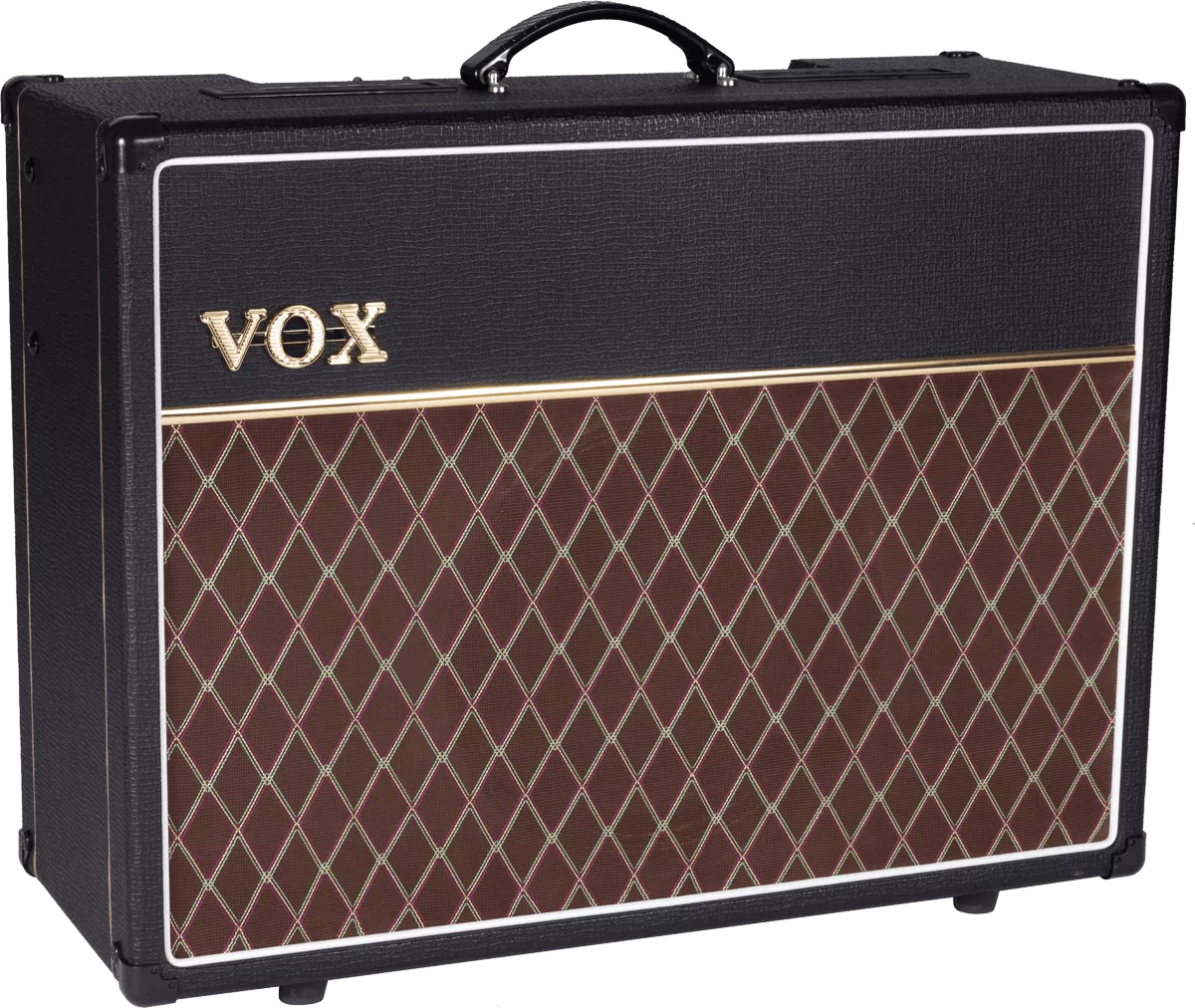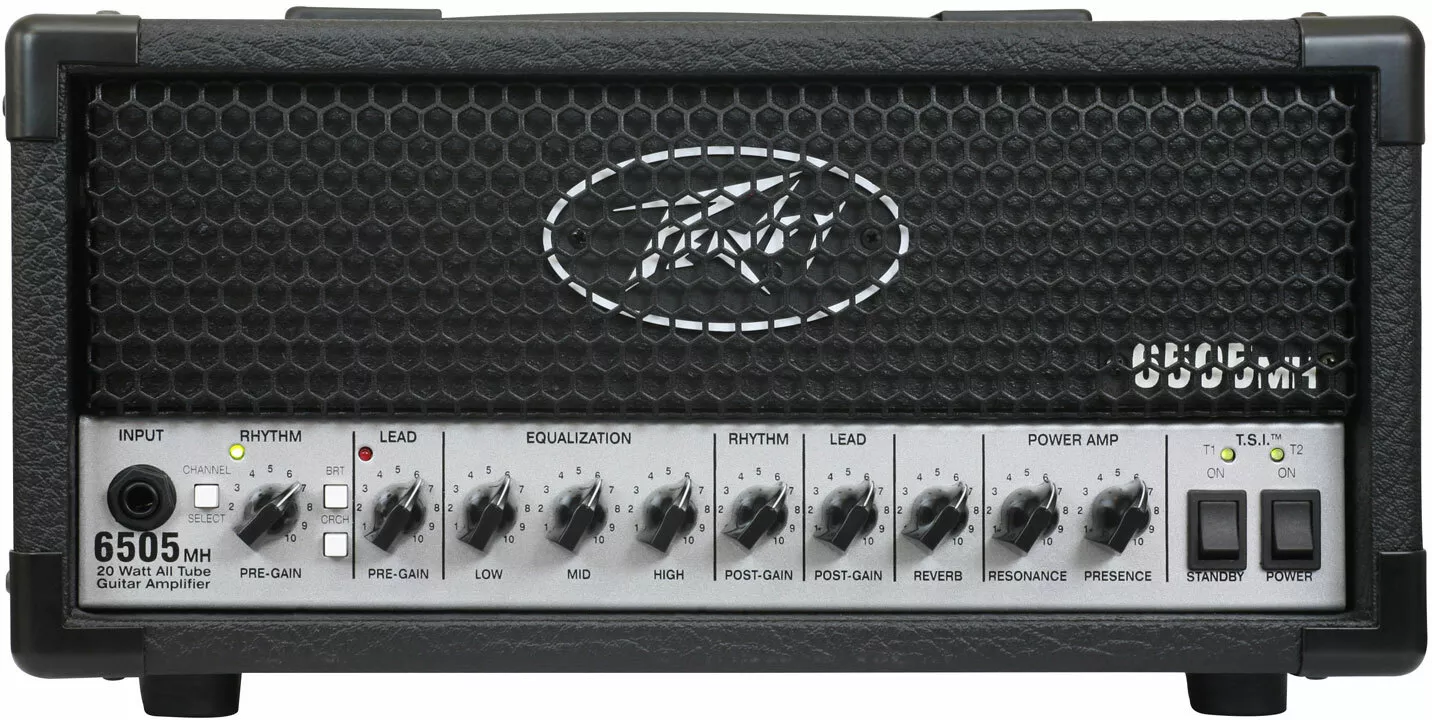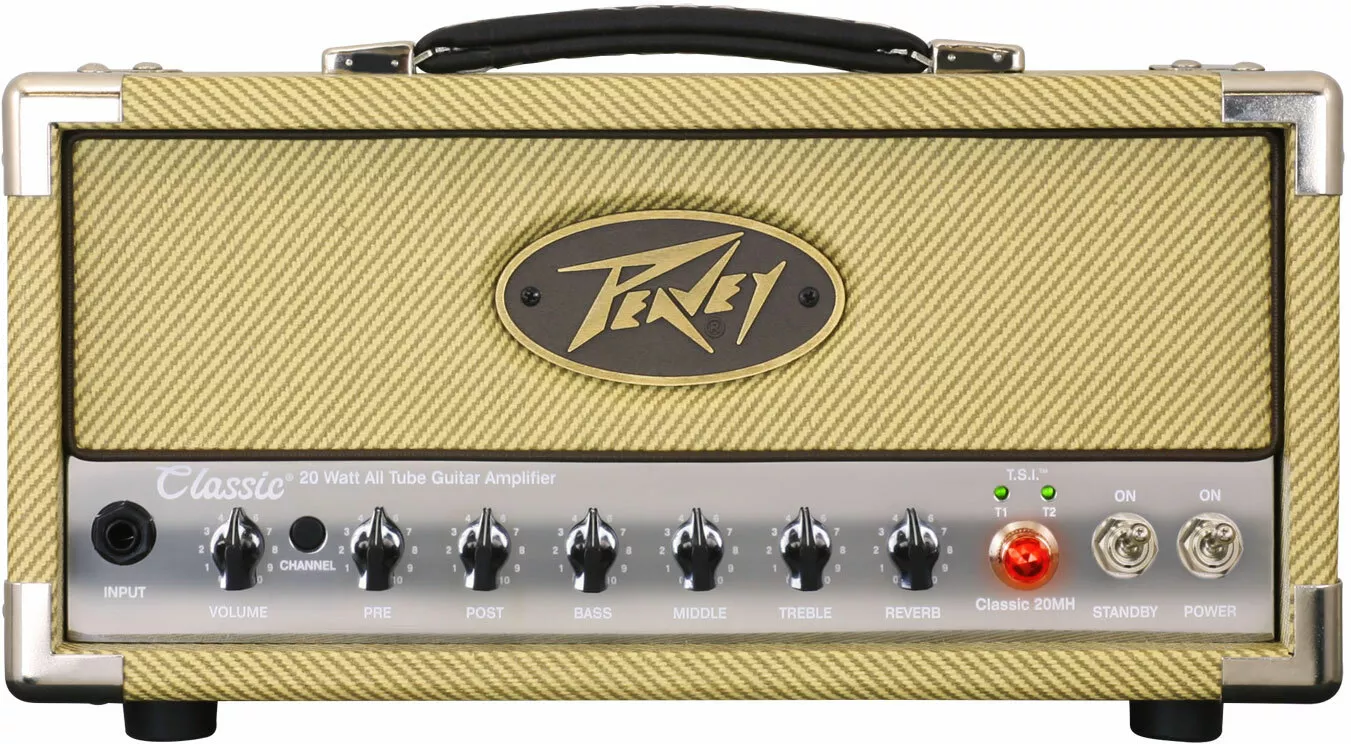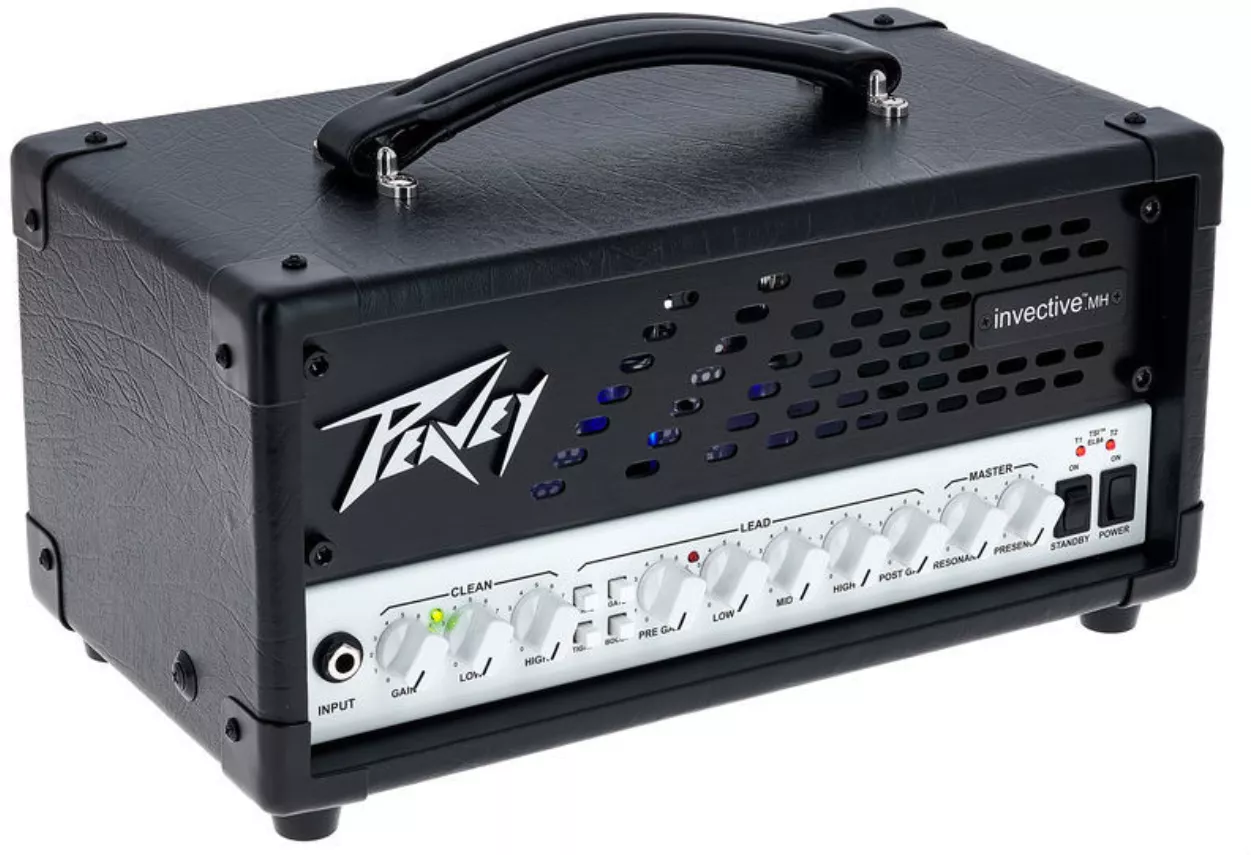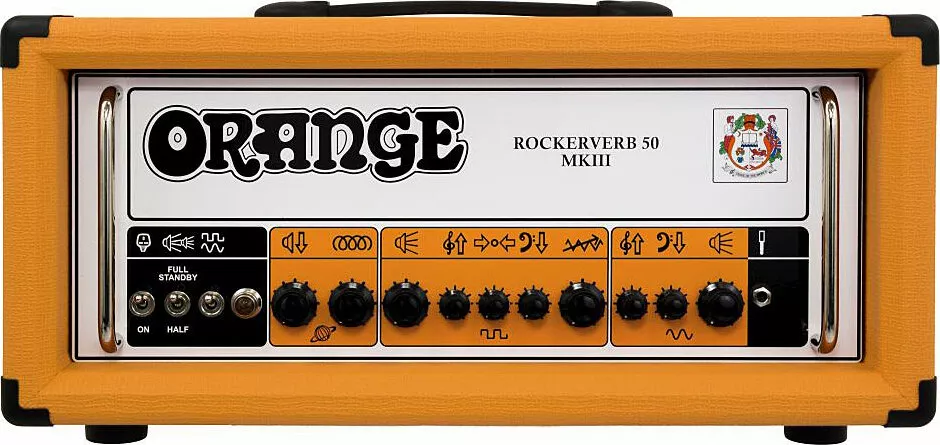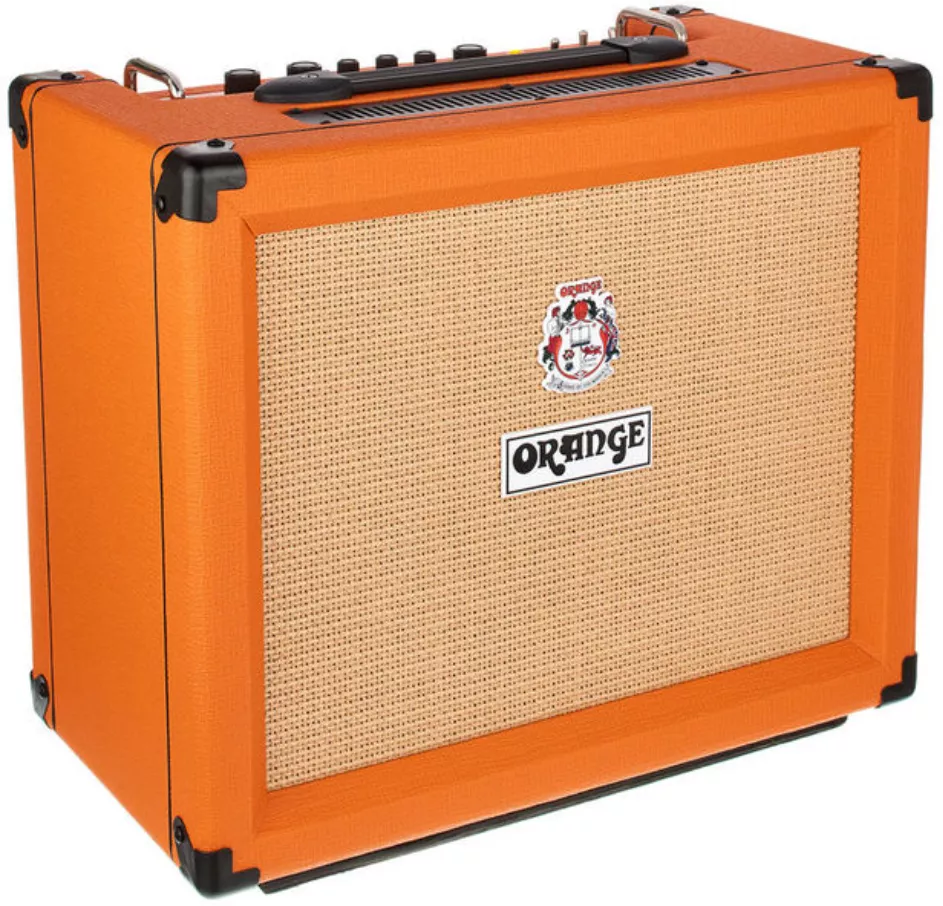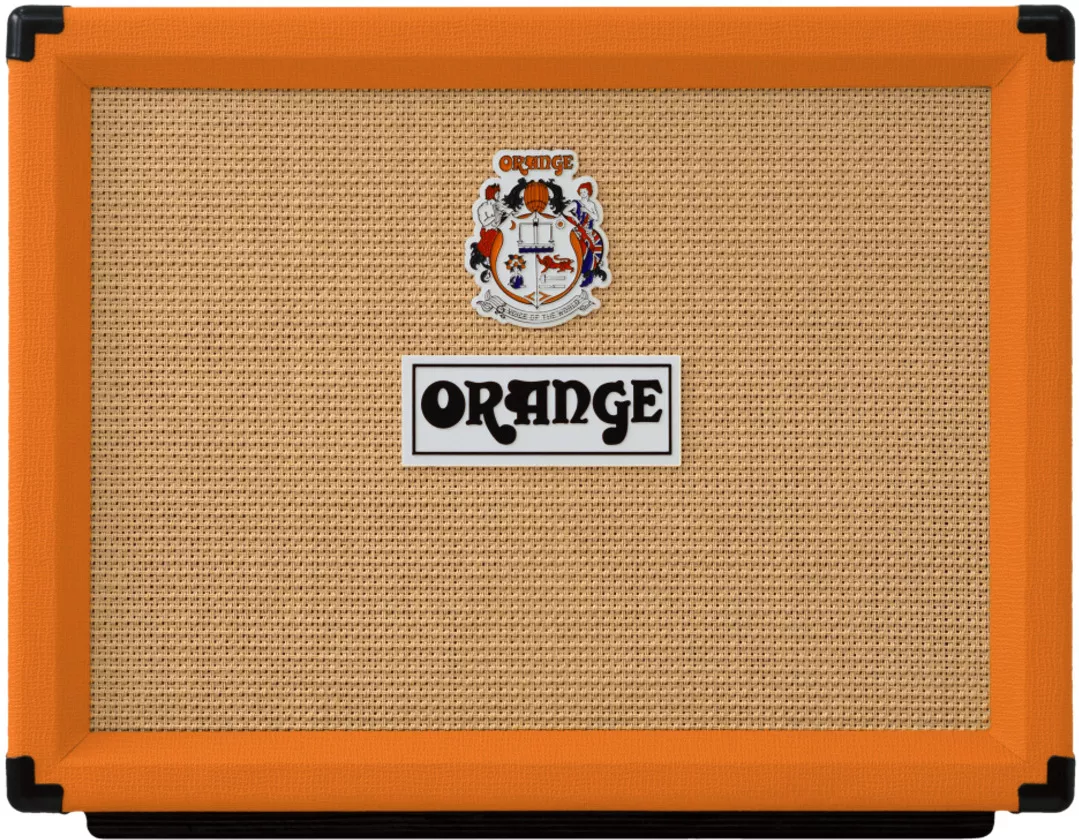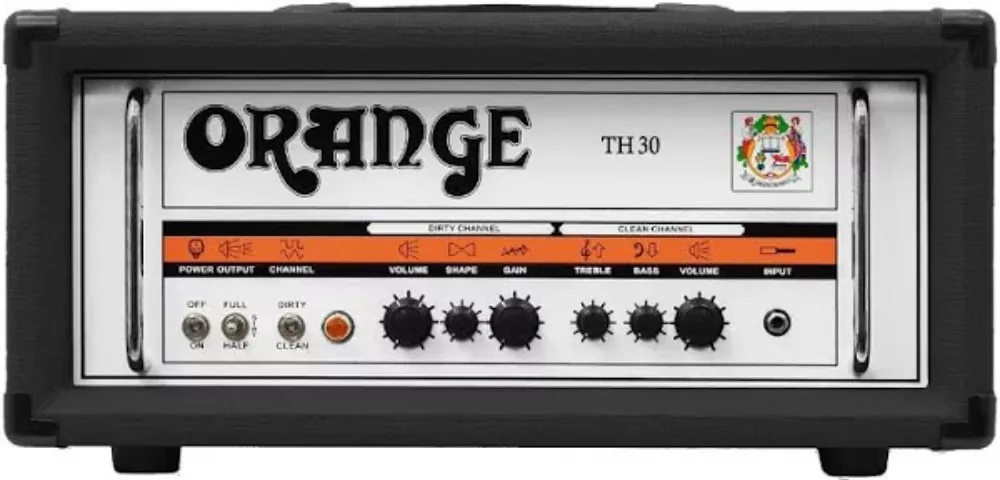How to choose your guitar amp?
Conceived in the 1920s to amplify acoustic guitars equipped with rudimentary magnetic microphones, the amplification for electric guitar as we know it made its first steps in the 1950s with the emergence of the first "real" solid-body electric guitars. Their absence of power and natural volume required the creation of a specific system to make them heard. The race for innovation has been led in particular by Fender and Gibson.
History of the amp
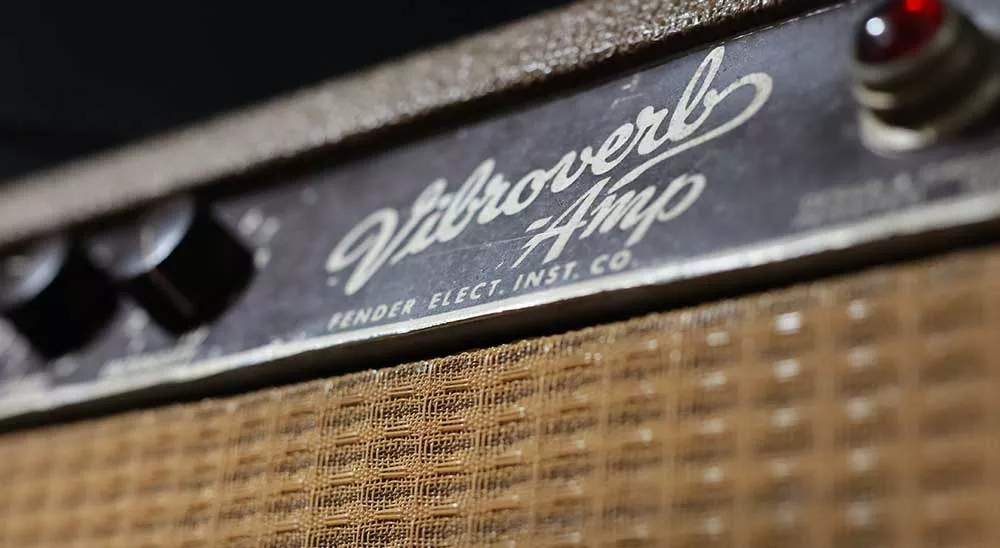
The first amplifiers were not always enough to give bands playing on stages for audiences of increasing importance a sound loud enough; to compensate, the musicians were therefore tempted to turn up the volume of their amp to the maximum, saturating the power section. This is how saturation appeared by "accident".
At that time, it was only crunch sounds (slightly saturated clear sound) and overdrive (distortion produced by the power amp). It wasn't until the 1960s that distortion pedals were developed that allowed for more gain without having to push the natural volume of the amps into their entrenchments.
The first amplifiers with built-in distortions appeared in the 1970-80s: these models were equipped with a "volume" or "gain" preamplifier potentiometer to adjust the distortion rate upstream, and a "master" (power volume) to control the general output level. Thereafter, the amplifiers will be directly equipped with several channels, including one dedicated specifically to saturation in the 90's horizon.
Amps are divided into two main families:
1.Tube Amps
2.Transistor Amps(or hybrids, generally equipped with a lamp on the pre-amplification)
They each have advantages and disadvantages that we present to you in this guide to guitar amplifiers.
Tube amps
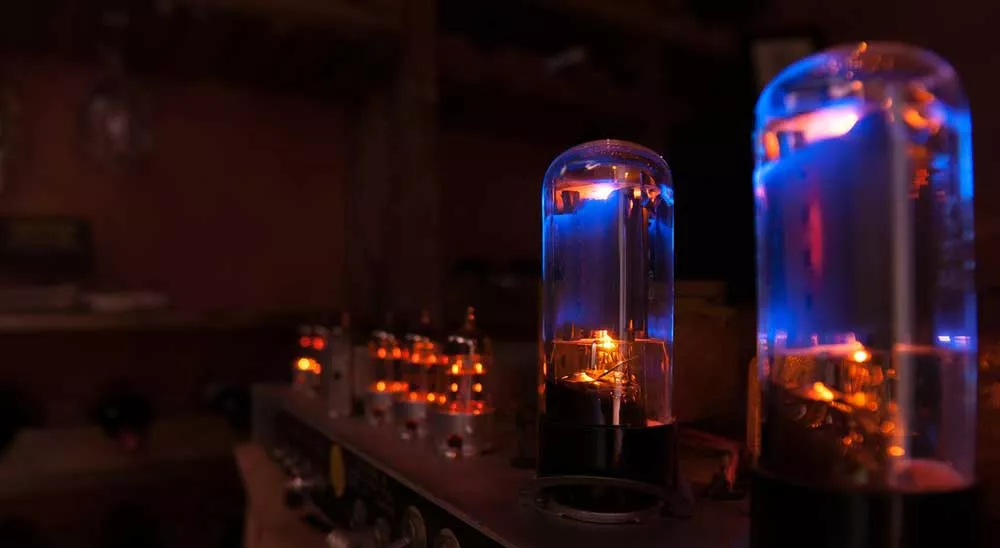
The tube amps are usually the first choice of musicians looking for quality and authenticity; their power and preamp sections are provided by tubes, so they offer a lot more warmth, efficiency and personality, but in return they require a higher output level so that their full potential can be exploited (especially for vintage amps with fewer tuning options).
It is indeed from the "work" of the power stage that the dynamics and the musical compression so appreciated on this type of amp come from: It is essential to cross a certain threshold of volume for the tubes to get to work and deliver all their quality.
That's why we recommend, when purchasing a tube amp, not to exceed 40-60 watts of power otherwise you may underuse your hardware in most configurations.
However, most of the current models have two, three or four separate channels and a multitude of settings to control the interaction between saturation rate and output level at will. Optimal use is therefore no longer a real problem, regardless of the volume required.
Often manufactured in Europe or the USA for the highest quality models, "tube technology" is all the more expensive because it uses often rare and expensive components. In addition, it is good to know that tubes are wearing parts to be replaced after a few years. Excellence has a price.
It should be noted that in recent years, some manufacturers have been offering entry-level products (produced in Asia with lighter specifications), offering very convincing results and an attractive alternative to some transistor amplifiers.
Transistor Amplifiers
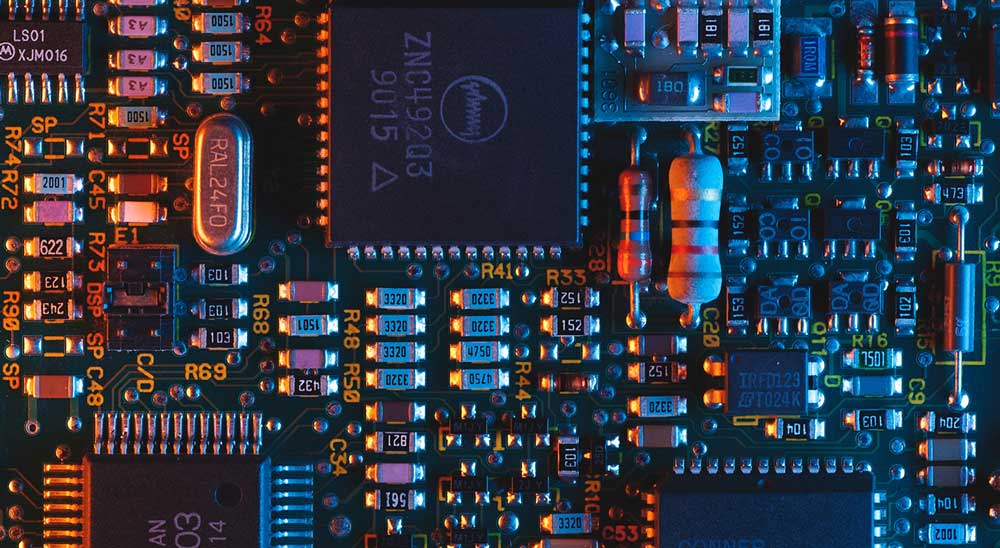
Unlike all-tubes models, solid-state amplifiers or modeling amps generate less heat, depth and grain, but also less tone dynamics. Surprisingly on this last point, one of their advantages stands out: they deliver almost constant sound quality regardless of the volume.
However, the most difficult ones will notice that at full power, where tube systems gain grain and homogeneity, transistors tend to slightly deteriorate the signal, definition and dynamics: it is therefore preferable to opt for an amplifier slightly above the real power requirements so as not to be limited by its output.
Another tiny advantage of transistor amp is that their technology makes it easier to integrate a headphone output (at least for small power ratings) than that of tube models. An unstoppable argument when you want to practice without disturbing the neighborhood.
Since the components required for their manufacture are cheaper, and given almost all production is carried out in Asia, the average price of a transistor or hybrid amplifier is very often accessible, and gives beginners access to products of great value for their money.
Therefore the choice between tubes and transistors is essentially linked to the budget you want to devote to it.
Amp power ratings
The range of power ratings on the market ranges from 2W to 100W. The choice of the power will therefore depend above all on the context in which the amp will be used: individual practice, studio recording, small scenes, stadiums...
Calculating watts
It is good to know that the calculation of the electric power in relation to the real acoustic power is not established in the same way if we speak of a tube or transistor amplifier. The tube-to-transistor power ratio is about 1:3 (e. g. to have the equivalent of 100W transistor, 30W tubes will suffice). Important information: contrary to popular belief, 50W tubes do not equal twice the acoustic power of 25W, but actually about 30% more.
Transistor amp power
For domestic use, 2W transistor amps are largely enough. However, it may be interesting to opt for 15, 20 or 30W. On the one hand, the cabinet of these amplifiers is larger in size and delivers a fuller sound. On the other hand, the loudspeakers generally associated with it are of a larger diameter and their frequency equilibrium is much more homogeneous, with more consistent bass.
To play in a group with a drummer, 100W is the standard so that you can hear yourself comfortably without having to push the amp to its limit. A power of 50W is conceivable on condition that your partners, and more particularly your drummer, know how to manage their volume of play.
For a more private practice, all amps under 30w will be perfect.
Tube amp power
To play in a band with a drummer, 30W-40W tubes are enough, but it may be necessary to choose 50W-60W.
Amplifiers of 100W and above are generally amplifier heads coupled to speakers with 4 speakers of 12", designed to provide large Rock-Hard-Metal distortions with all the richness of frequencies that these speakers can offer. To deliver their best performance, they need to be properly loaded with minimal output volume. If this is insufficient, their "inertia" will not produce good results.
For domestic practice or studio recording, low-power tube amplifiers (from 0.25 W to 30 W via all intermediaries) can be very pleasant companions. Their adjustment possibilities are generally limited, often without master volume. Their natural saturation is rarely significant, but small power amps offer moderate Blues-type overdrive that's really seductive, and simply add one (or more) distortion pedals to enlarge the range of sounds. If your budget allows it, you should nevertheless choose an amplifier with Gain + Master Volume control (for example the Blues Junior III FSR - a classic) to keep some flexibility.
Loudspeakers
There are mainly four speaker sizes (expressed in inches by the manufacturers): 6", 8", 10" and 12" . The latter is most often considered the standard for electric guitars. Indeed, the 12" is the diameter with the most complete frequency response, balanced and adapted to this register.
The smaller the loudspeaker, the more the treble and mid-ranges highs are accentuated, to the detriment of bass and midrange lows. A few rare electric guitar amplifiers are equipped with larger speakers (type 15") for their super-present bass; these are often amplifiers dedicated to Blues-Jazz sounds, guitarists appreciate the extra depth and smoothness.
In order to obtain more body and depth, you can choose between two 12"loudspeakers, or you can add an additional external speaker to your amplifier if it is equipped with an output for this purpose (be careful to respect the maximum impedances and power ratings).
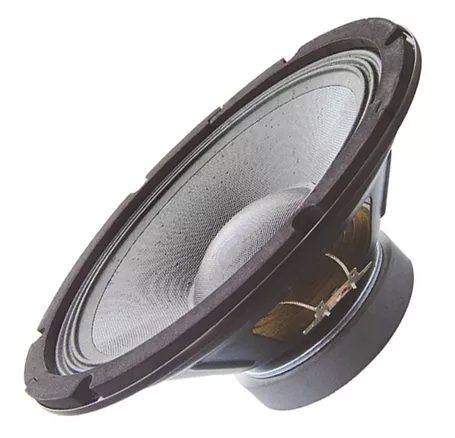
Some guitarists looking for "a loud sound" prefer stack systems composed of a head and one or more separate cabs; most often in 4x12 "(this system wouldn't be transportable as a whole). This type of configuration is very often featured in the Rock, Hard Rock and Metal registers.
guitar amp sounds
Since the 1960s, there have been two great "schools of thought": American amps and English amps, which are the product of a different "philosophy" and know-how (choice of tubes, components and circuits, playing a decisive role in the final result). Be careful, this does not mean that all amps in the same family cover the same range or have exactly the same sound. These are just characteristics relating to belonging to a type of sound, which we will describe in broad outlines.
"US" type amps
This type of amp offers clear, warm, bright, bright and velvety tones, with relatively present bass. The saturated sounds are full, fat, slightly compressed and can cover, depending on the models and brands, registers ranging from Rock-Blues-Jazz (Fender amps) to Rock-Metal (including Mesa Boogie amps).
Depending on their power, these amplifiers are usually equipped with:
- 6L6 power lamps like the FENDER Hot Rod Deluxe III amp
- 6V6 power tubes such as the FENDER 65 Deluxe Reverb amplifier
- EL84 power tubes like the popular PEAVEY Classic 30 amps or the FENDER Blues Junior III amp.
"British" type amps
They are an integral part of the Rock sound of legendary bands such as The Who, Led Zeppelin, The Rolling Stones, AC-DC and Queen. Their basses are more percussive, their treble acidic, and their saturation more mordant. They are richer in midrange sounds and more defined than US-type amps, such as the Vox AC30 and Marshall amp brands, or Orange amps.
The majority of British amps are equipped with:
- EL34 power tubes: Marshall DSL20C
- EL84 power tubes: Orange Rocker 32
Hybrids and Other Modeling Amplifiers
Technology has made staggering advances in recent years, and transistor amplifiers are increasingly approaching "tube" sound via modeling-simulation digital circuits. They perfectly reproduce some of the characteristics of the reference tube amps, especially in terms of warmth and personality, although there are still major deficiencies in dynamics and expressivity.
The performance of transistor amplifiers can also be greatly improved by adding a tube to the preamp stage (less frequently on the amplifier stage) that influences the heat and dynamic behavior of the sound. Brands such as VOX with the Valvetronix series (mixing preamp tube and modeling), the entire LINE 6 range (hybrid or fully transistor) or ROLAND with the Cube series (all transistor) have become spearheads in the design of these new technologies.
Beginners have now access to amp that are at the same time powerful and versatile, giving a comfort of play at a very affordable price.
Music style and amp brands
To help you choose your amp, here are the brands traditionally associated with the various musical universes. It should be noted that, whichever their brand may be, modeling amps are intended to cover EVERY registers.

The Fender brand of guitars is a big name associated with the Rock' N' Roll universe. Since 1946, Fender has been transforming music with many of the world's best-known emblematic instruments. Popular with the most famous collectors and musicians, Fender is a cultural icon in the music industry. Among the most famous models are the Telecaster, Stratocaster and Jazz Bass we find:
FENDER AMPS
Fender amp music styles: Jazz, Country, Blues, Rock, Garage.

Marshall, Brand number one of the world's largest guitar amplifier manufacturers! The Marshall brand was created by Jim Marshall in 1962 with the launch of the JTM 45. Jim Marshall is also the inventor of the stack. The amp brand is world-renowned, notably driven into the spotlight by artists such as The Who, Jimi Hendrix and Eric Clapton.. Among the most famous models, we find:
MARSHALL AMPS
Music styles of Marshall amps: Blues, Rock, Garage, Hard Rock, Heavy Metal, Metal (depending on the model).
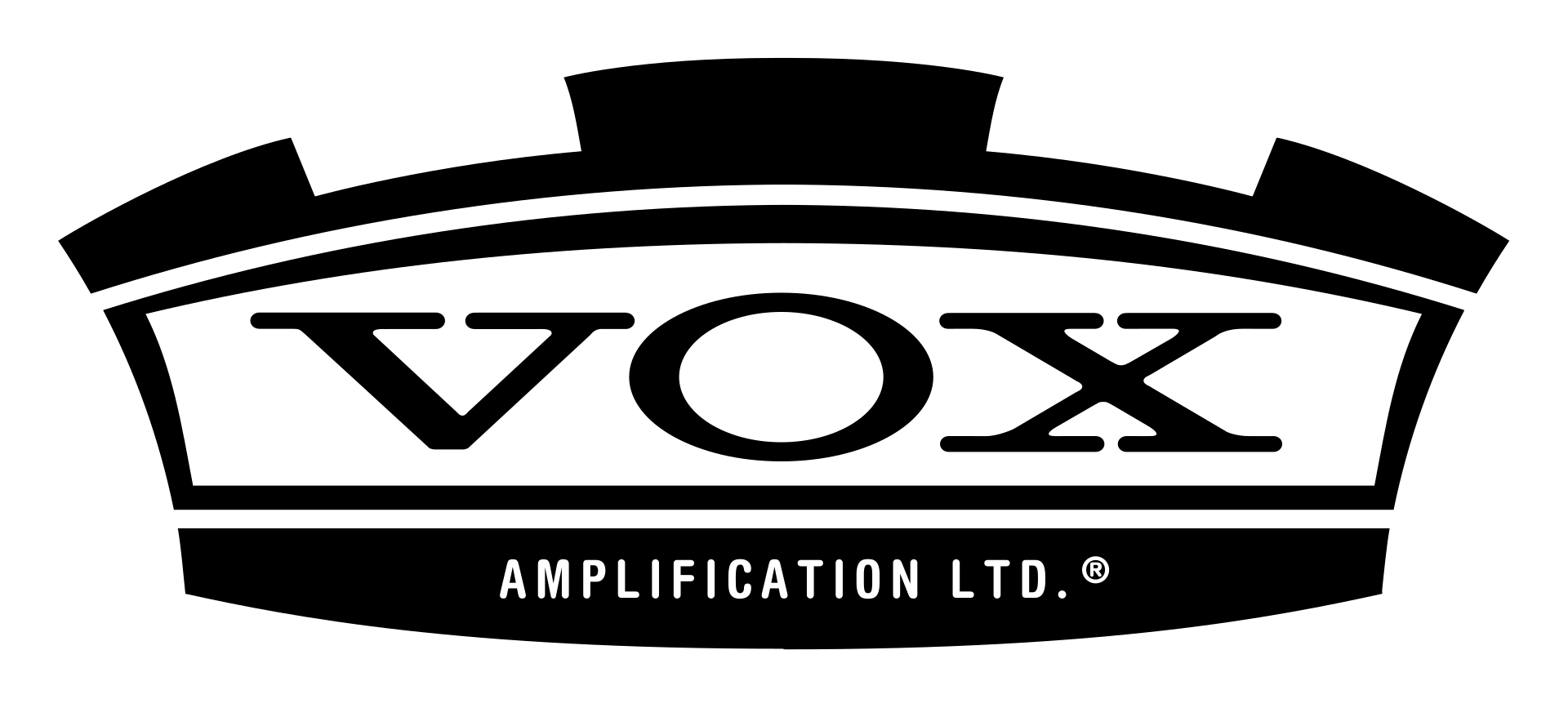
English manufacturers of musical equipment, Vox is best known for its guitar amplifiers. After manufacturing the Univox electronic organ, Tom Jennings elaborated a prototype guitar amp to finally release the 15-watt Vox AC15 amp in 1958, which was adopted by many English bands (including The Shadow). A new Vox AC30 30 watt version with loudspeakers was released in 1959. The AC30 has been used by world-renowned bands such as the Beatles, The Queens or The Who. Among the most famous models, we find:
VOX AMPS
Music styles of Vox amps: Blues, Rock, Garage.
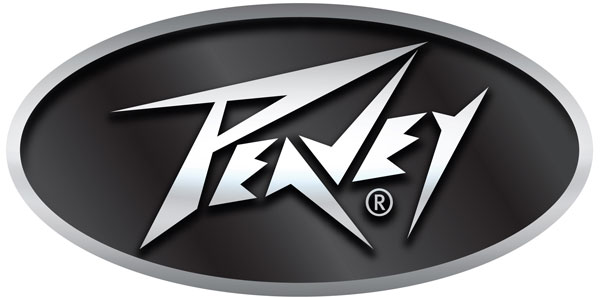
The American company Peavey Electronics manufactures audio equipment. Known worldwide, the Peavey brand produces mainly electric guitars, electric bass and guitar amps. With a sound recognized as quite cold, the amp brand is associated with great artists such as Ben Wells from the Black Stone Cherry or Herman Li from Dragonforce. Among the most famous models, we find:
PEAVEY AMPS
Music styles of Peavey amps: Jazz, Blues, Rock, Metal (depending on the model).

Founded in 1968 by Cliff Cooper, the English manufacturer Orange Amplifiers has been part of the rock history for over 40 years. All of the brand's amp models are manufactured in England with the exception of some smaller entry-level combos manufactured in Korea. Many well-known artists have participated in the renown of the brand such as Noel Gallagher from Oasis, Jimmy Page or Omar Rodriguez-Lopez. Among the most famous models, we find:
ORANGE AMPS
Music styles of Orange amps: Blues, Rock, Garage.
